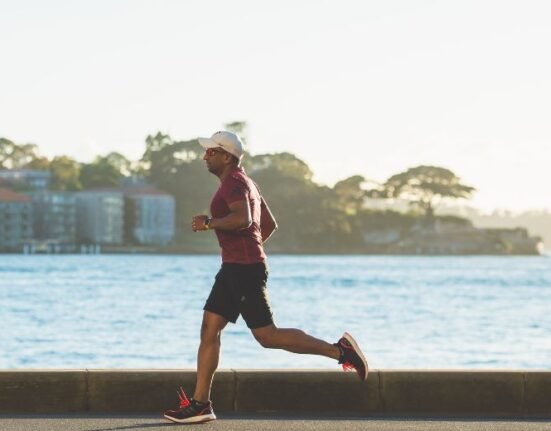HQ Team
May 4, 2024: A new research has tried to find the best way to balance 24 hours in a day for optimal health for a person and reduce health risks.
The research has tried to find the right amount of exercise and sleep to reduce the risk factors for heart disease, stroke, and diabetes.
Current guidelines suggest moderate-to vigorous-intensity physical activity of 2.5–5 hours per week and sleep of 7-8 hours. The present study found that in addition to exercise, how you spend time sitting, standing and other light activities around the house determine your health risks.
Optimal activity model
There were 2,000 participants for the study. They were given body sensors to measure their physical behaviour for seven days. The participants’ waist circumference, blood sugar, and insulin sensitivity were measured at the start of the experiment. The collected data was matched against health risk markers — such as a heart disease and stroke risk score — to create a model.
The model was then systematically analysed and factors with the estimated lowest associations with heart disease risk and blood-glucose levels were pinpointed. This created many optimal mixes of sitting, standing, light and moderate-intensity activity.
When we looked at waist circumference, blood sugar, insulin sensitivity and a heart disease and stroke risk score, we noted differing optimal time zones.
The analysis threw up some interesting facts. The researchers found that light-intensity physical activity (defined as walking less than 100 steps per minute) – such as walking to the water cooler, the bathroom, or strolling – had strong associations with glucose control, and especially in people with type 2 diabetes.
The benefit comes through accumulated intermittent light-intensity activities throughout the day.
The experiment shows that interrupting sitting with regular light activity of a 3 to 5-minute walk every hour, especially after a meal, helps our metabolic rates.
This adds up to more than 2 hours per day but it can be defined as 100 steps per minute. This equates to a brisk walk.
Preliminary study
This is just a preliminary study and the results need further confirmation with longer prospective studies.
The data is also correlated with the disease risk factors, meaning it’s unclear whether how participants spent their time influences their risk factors or whether those risk factors influence how one spends their time.
It should be kept in mind that these recommendations are just a guideline to improve your health. It suggests that interrupt your sitting time every hour with a minimum 3-minute light-intensity physical activity and a healthy sleep of 7.5–9 hours per night.








